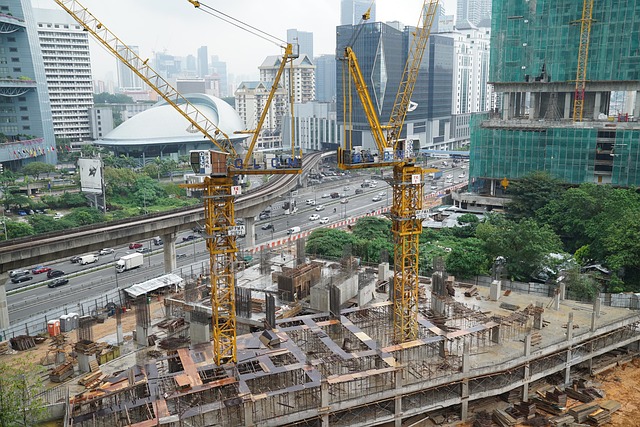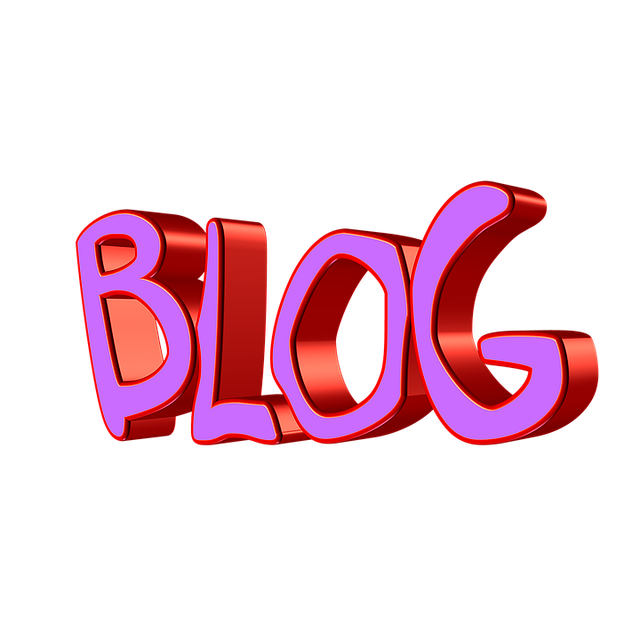Optimizing site structure SEO for WordPress involves organizing content with categories and tags, using clean URLs, and implementing a strategic internal linking strategy. This enhances user experience, minimizes duplicate content, improves search engine rankings, and includes using natural language anchor texts. Measuring link performance with tools like Google Analytics and Search Console is vital for informed decision-making to strengthen SEO. Maintaining simple yet logical site architecture and interlinking relevant pages boosts crawlability and overall SEO performance.
In today’s digital landscape, a robust site structure is paramount for effective SEO in WordPress sites. Understanding how to optimize internal linking can significantly enhance user experience and search engine visibility. This article delves into crucial aspects of modern SEO practices, focusing on site structure analysis, leveraging the power of internal links, strategizing link placement, and measuring performance. By exploring these key areas, you’ll unlock the secrets to fostering a healthy online presence.
- Understanding Site Structure for SEO
- Benefits of Internal Linking in WordPress
- Strategizing Links for Optimal Site Navigation
- Implementing Effective Internal Link Anchor Text
- Measuring Success: Tracking Internal Link Performance
- Best Practices for Maintaining a Healthy Site Structure
Understanding Site Structure for SEO

Understanding Site Structure for WordPress SEO involves mapping out how your website’s content is connected and organized. A well-defined site structure ensures that both users and search engines can easily navigate through your pages, enhancing overall user experience and boosting your website’s visibility. In a WordPress site, this means creating a logical hierarchy of pages using categories, tags, and a clean URL structure.
A good SEO strategy for site structure involves optimizing how internal links are distributed across these pages. This includes strategically placing anchor texts that accurately represent the linked content, ensuring each page has relevant backlinks, and minimizing duplicate content issues. By implementing these practices in a WordPress site, you can significantly improve your site’s performance in search engine rankings, making it an essential step in any SEO tutorial or lead-gen strategy focusing on modern SEO practices.
Benefits of Internal Linking in WordPress

In WordPress, internal linking plays a pivotal role in enhancing site structure SEO. By strategically connecting pages within your website, you create a structured and navigable network that aids search engines in understanding your content’s relationships and hierarchy. This, in turn, improves overall site structure SEO, making it easier for algorithms to crawl and index your pages effectively. A well-implemented internal linking strategy ensures that each page on your WordPress site contributes to the overall authority and relevance of the entire website.
Moreover, a robust internal linking scheme facilitates user engagement by providing seamless navigation through relevant content. This not only reduces bounce rates but also encourages visitors to explore more pages, thereby increasing session durations. As you dive deeper into the WordPress SEO tutorial and optimize your site structure SEO strategy, remember that internal links are a powerful tool for optimizing both user experience and search engine visibility.
Strategizing Links for Optimal Site Navigation

A well-strategized internal linking scheme is integral to modern SEO practices, especially for WordPress sites, as it significantly impacts site structure and user navigation. When designing your site’s architecture, consider a hierarchical layout that mirrors the categories and subcategories of your content. This approach ensures that each page has a clear purpose and purposefully guides users (and search engines) through relevant information.
By optimizing your site structure SEO, you enhance the overall user experience, encouraging visitors to explore more pages and stay longer. Additionally, this strategy helps search engine algorithms understand your website’s context, leading to better indexing and improved rankings for targeted keywords. Implement these SEO tips by linking related content within each post or page, ensuring a logical flow that supports both navigation and SEO goals.
Implementing Effective Internal Link Anchor Text

Implementing effective internal linking strategies is a cornerstone of modern site structure SEO for WordPress sites. When crafting anchor text for internal links, balance keyword-rich phrases with natural language. Avoid overusing exact match keywords in your anchor text; instead, focus on varying your language while still signaling relevant pages to search engines. For instance, instead of “click here to learn about SEO,” use phrases like “explore our SEO tutorial” or “read more about WordPress optimization.”
A well-structured site hierarchy with logical internal links not only improves user experience but also enhances SEO. Incorporate a mix of anchor text types, including branded terms, generic words, and specific keywords related to the linked content. This approach allows search engines to better understand your site’s topic clusters and improve your site structure SEO tutorial rankings. Remember, the ultimate goal is to create a seamless navigation experience that guides users and search engine crawlers alike through your website’s valuable content.
Measuring Success: Tracking Internal Link Performance

Measuring success is a crucial step in optimizing your site structure SEO for WordPress. By tracking internal link performance, you gain valuable insights into which links are driving traffic and improving user experience. Tools like Google Analytics and Search Console can help identify high-performing pages and those that need improvement.
A comprehensive site structure SEO tutorial or optimization strategy should include regular analysis of internal linking metrics such as click-through rates (CTR), time on page, and bounce rate. This data allows you to make informed decisions about which links to strengthen or reevaluate, ultimately enhancing the overall site structure SEO of your WordPress site.
Best Practices for Maintaining a Healthy Site Structure

Maintaining a healthy site structure is pivotal for optimal site performance and user experience—essential components in any WordPress SEO strategy. A well-organized site architecture allows search engines to efficiently crawl and index your content, facilitating better visibility on search results pages (SERPs). Here’s a glimpse into best practices:
First and foremost, prioritize simplicity and logic in your site structure. Use clear, descriptive URLs for each page, reflecting their content accurately. Implement a hierarchical navigation system that streamlines access to information, encouraging visitors to explore further. Interlink relevant pages within your content to enhance internal linking—a powerful SEO optimization tool. This not only improves crawlability but also distributes link equity across your site, boosting overall SEO performance. Remember, a balanced and structured site is the foundation for effective SEO tutorial implementation in WordPress.
